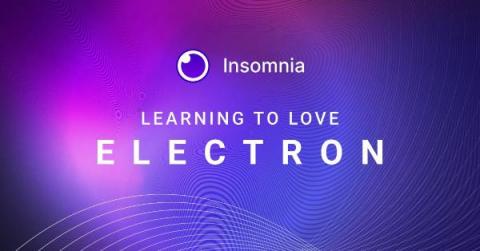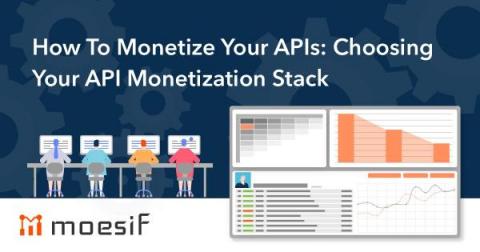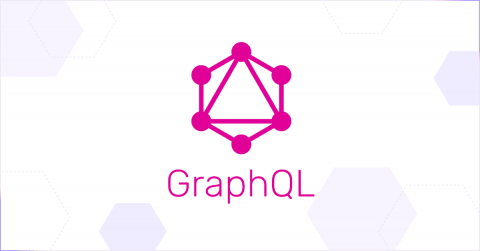You are Measuring API Active Users Wrong
API providers need to understand how their consumers are using their APIs. Usage metrics are essential because they tell you about API adoption, how your API is growing over time, and which endpoints are seeing more (or less) use. When you look at API usage metrics, you should be measuring the active users on your API in the sense that most closely aligns with your service.











